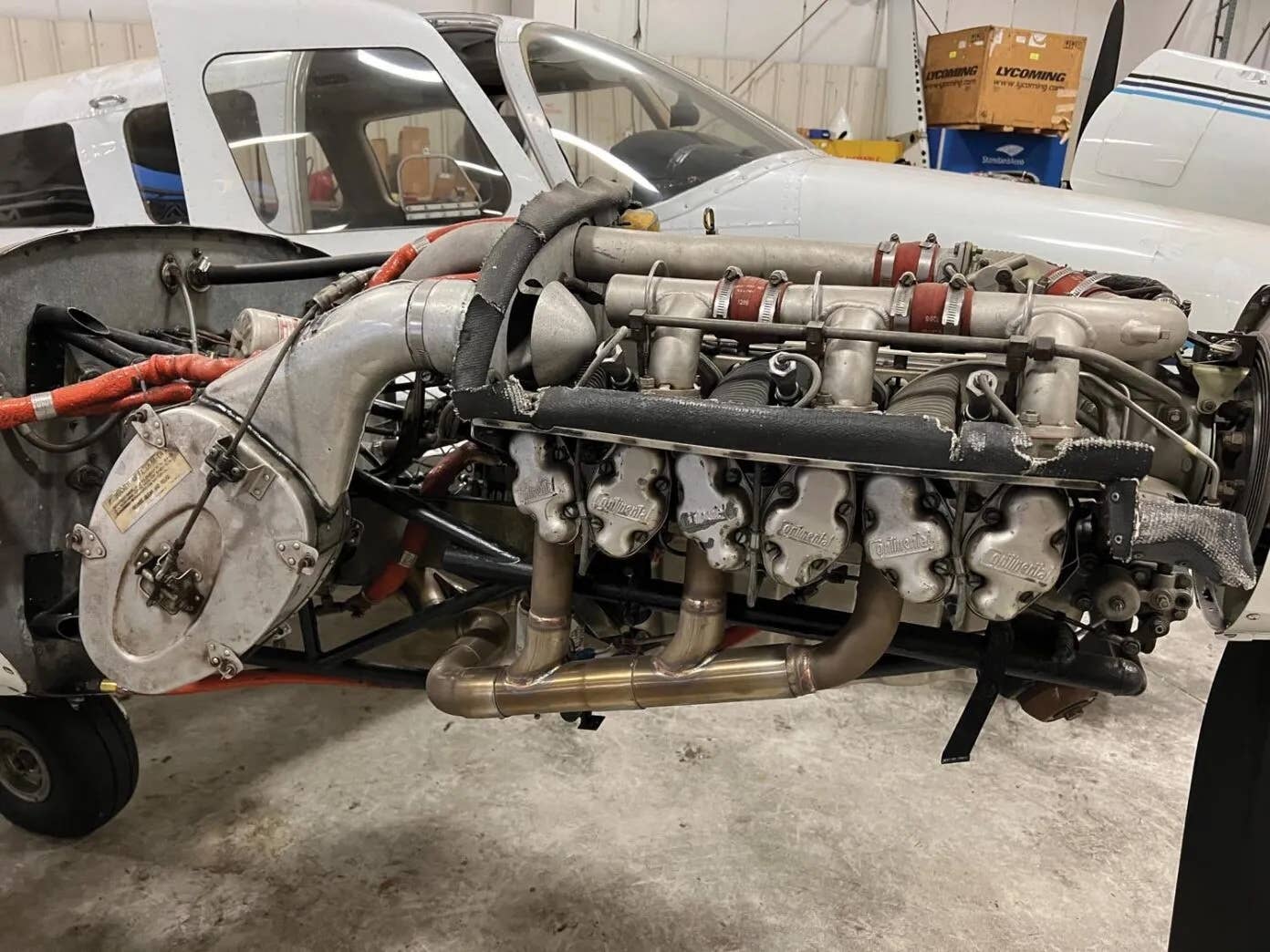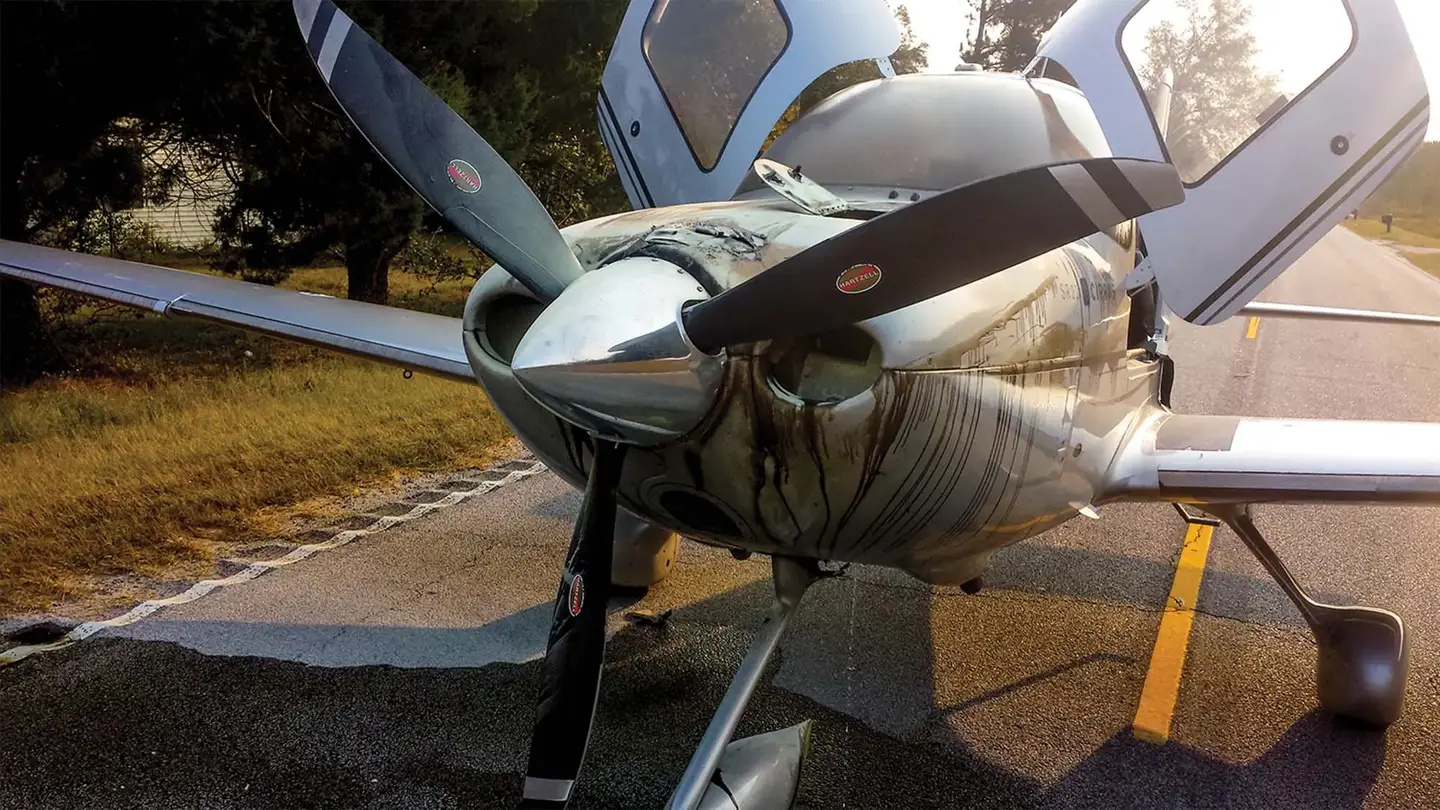Top Letters And Comments, April 28, 2023
This week’s letters brought comments from readers about the SpaceX Starship launch and Phase I flight testing for experimental aircraft.

At Least It Didn’t Blow Up On The Pad
Overlooked is the fact that this rocket was built out of welded stainless steel, outdoors, in a field in Texas. Compared to the old way of building rockets, doing it this way means that the decrease in cost to orbit with Starship will be massive.
The systems complexity issues are not to be underestimated, but the comically massive profit potential of Starlink means that they’ll have effectively unlimited money to get them figured out.
Reusability will be icing on the cake. That part is still less clear to me. They plan to use heat shield tiles which should work fine for low earth orbit, but using them over and over again, I don’t know. And using tiles for lunar and interplanetary reentry seems like it’s a bridge too far. But without reusability, they could make the engines quite a bit cheaper, and that will help even more.
It’s going to work. And it’s going to change space forever.
Joshua L.
It did seem a little odd that everyone was celebrating and doing high fives following the destruction of the booster and starship. But one encouraging thing that did show up from that last-minute video was that the whole assembly held together even after tumbling out of control. I realize that SpaceX wanted to move quickly with the booster by using 33 of the reliable Raptor engines rather than developing an expensive, larger engine, but the plumbing and sonic resonance of all those engines in close proximity can be a huge problem.
Having said that, I’m putting my money on the theory that flying debris from the launchpad may have struck and damaged the booster before it even lifted off. If the on-screen videos were accurate, at least three engines failed almost immediately after liftoff and you could see jets of flame popping out away from the booster very quickly – sure signs that something was amiss. Damage photos of the pad show major structural damage and a huge crater underneath the support structure. All that concrete had to go somewhere. SpaceX may have another booster and Starship ready in a couple months, but getting the pad repaired and building a proper blast trench might take a lot longer.
John Mc.
Flew my RV6 from AZ to watch this launch and see StarBase, and one word, IMPRESSIVE. Driving right up to where this massive, silver ship sitting on its pad and seeing the other SpaceX operations going on all around it is really something remarkable Its almost like some advanced alien race has set up shop here on earth and us mere humans get to watch the fun.
Yes the StarShip Heavy failed before reaching orbit, just like the early Falcon rocket failures that nearly bankrupted Musk, but with very large brass and incredible talent he and SpaceX keep going and now the Falcon 9 and Falcon 9 Heavy are the most cost effective, successful, REUSABLE Launch vehicles ever built, full stop. There are national space programs, including NASA, that haven’t done what SpaceX is doing now routinely.
As a side note, due to thousands of people in the area there was no cell internet service at the viewing area on South Parde Island, except for those who had a SpaceX StarLink antenna, fed by satellites launched by SpaceX!
My utmost congratulations and respect go out to Elon Musk and the crew at SpaceX. They will undoubtedly fix the problems with StarShip and can’t wait to see their next amazing achievement.
Anonymous
Phase Shift
FWIW, anyone with substantive STC mods to a production aircraft would benefit hugely from a modified version of this test program. Examples of STC mods that really change flight characteristics are engine upgrades, replacing a fixed pitch prop with a CS prop, replacing a fixed pitch climb prop with a cruise prop (or vice versa), changing the air foils by adding gap seals and/or a STOL package, and especially combinations of STC changes to the engine or airframe.
John T.
I completed phase I on my RV-7 16 years ago and salute the development of this approach. One advantage is that it will result in a data/paper trail. Back then, I used Word Perfect and hand-written documentation which are now either lost or iffy to read. I was not aware of this AC and plan to work my 1500-hour airplane through it; you can never learn too much about your machine, RV or TBM. This reference could be useful for owners of certified aircraft too and motivate them to actually test best glide, min sink, and other V speeds in order to confirm their accuracy for that particular airplane. Great article!
David A.
Poll: What Did You Think of SpaceX’s SuperHeavy Starship Launch?
- A travesty that the launch was ever allowed at that site. A bad design and bad launch facility - the list of reasons is too long to address.
- While, in aerospace, failures can be expensive and hazardous, they are also a great learning opportunity. If SpaceX can afford to blow things up repeatedly and they can do so without hurting people or damaging the environment, then more power to them!
- I don't mind all up testing. But I do mind that they didn't finish the launch pad and environmental controls and just "went for it" thus spreading debris for miles all over the neighborhood. Sometimes it is OK to copy what has worked before - like flame trenches and water suppression.
- I worked in the space launch business for 35 years - successes and failures. I’m sorry but whoopin’ it up and cheering a spectacular failure does not seem to demonstrate the degree of seriousness and professionalism for this business where you typically get one shot at success. I do hope they eventually succeed. But failure should never be an option.
- A complete waste of time and money on a pointless endeavor.
- For engineering feedback, finding a failure mode beats computer simulation every time.
- Stage 0 destroyed, revoked FAA approval...abject failure.
- Well, it's a start to a spectacular success.
- If the FAA had of allowed iterative launches there would of been less damage and environmental impact.
- Too much of a rush plus stage separation initiation not properly tested.
- FAA should pull their license to fly.
- Success but... though they met certain stated objectives, there were significant unexpected events. Of course, it was a test. If we knew what would happen, it wouldn't be a test. Make the necessary adjustments and do another test.
- Lack of design validation results in abject failure.
- I don't expect a rocket to work perfectly on the first flight, especially when it's the largest ever built.
- Actually, it appears that the booster is working okay, but the launch pad may be the problem. Seeing damage photos of the mess under the pad might indicate flying concrete debris was the cause of the multiple engine failures early on. Someone needs to seriously redesign that pad!
- Should have waited a couple months and built the flame trench.
- Waste of money.
- Launch facility needs more work.
- Honestly, I expected it would blow up at some point in the flight. It was just a question of when and how.
- Do not understand nor believe in this man on mars stuff.
- Garbage.
- Another Musk mess-up.
- Very sparkly. I was impressed.
- Rocket go WOOOOSSSSHHHH and KABLEWIEEEE!!!! Me happy. Me entertained.






